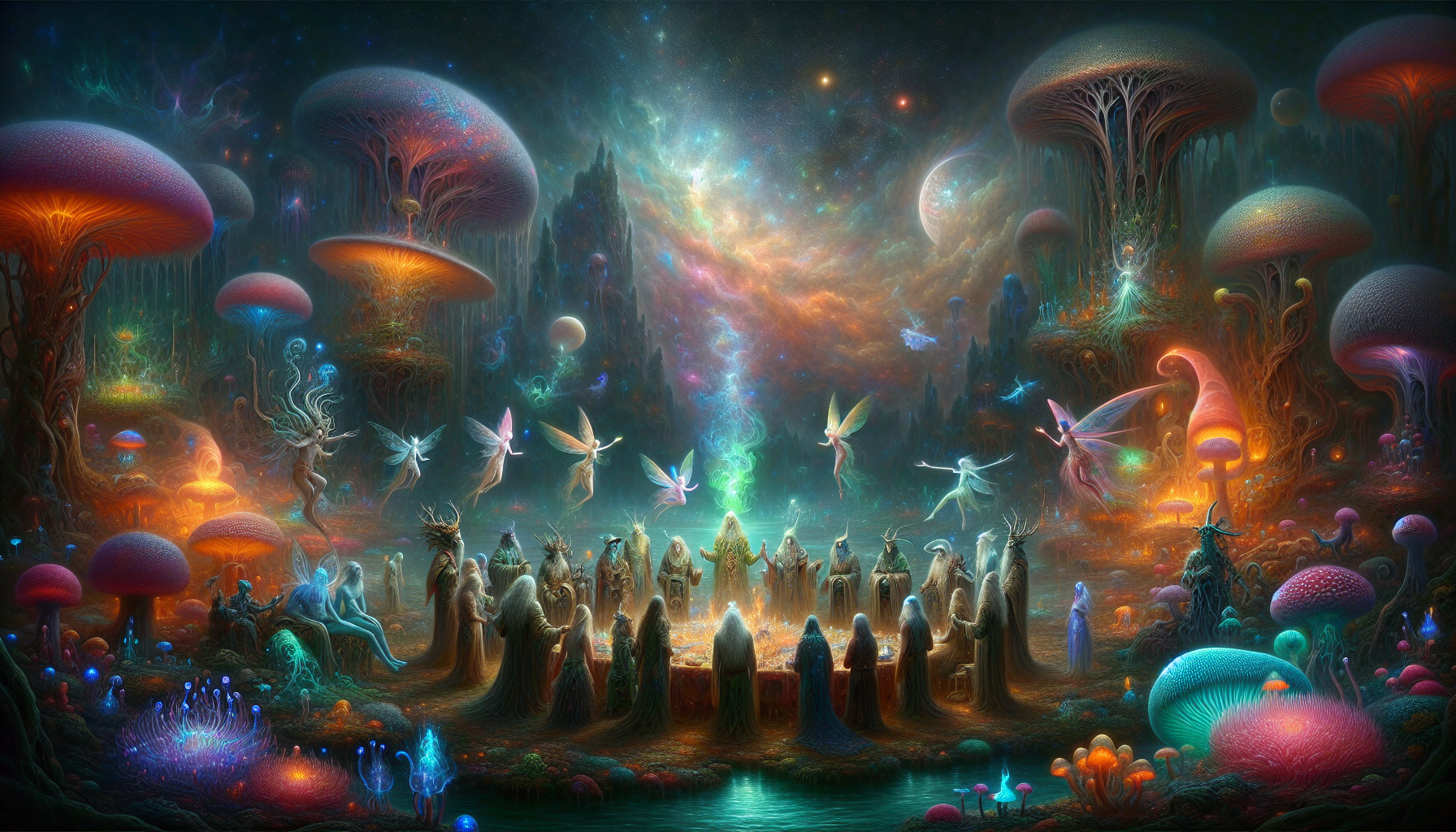Today’s workplace is shifting, and a key component of that shift is the evolution of meeting culture. Previously seen as a traditional, almost ritualistic aspect of the corporate world, meetings have transformed into a dynamic, adaptable process that caters to the ever-changing requirements of a modern workforce. Nowadays, the focus is on efficiency and productivity, steering away from unproductive gatherings and fostering environments that stimulate collaboration and innovation.
Understanding the New Meeting Culture

The contemporary work environment thrives on the idea of flexibility. The linear, rigid structures are giving way to more flexible, open environments. This approach is also reflected in the meeting culture. The days of the lengthy, prescheduled gatherings in the conference room are gradually fading. Today’s meetings are becoming more spontaneous, informal, and solution-oriented.
The strength of the modern meeting culture lies in its adaptability. Employees are now encouraged to communicate their ideas freely, promoting a culture of transparency. This stimulates innovative thinking and collaboration, breaking down the traditional hierarchical barriers.
The Shift towards Virtual Meetings
Recently, virtual meetings have become an essential part of the evolving meeting culture.
They offer a multitude of benefits over traditional, in-person meetings. Virtual meetings provide unparalleled convenience and flexibility, allowing team members to connect from anywhere and at any time. This not only saves time and resources but also promotes inclusivity and engagement, giving everyone a chance to participate.
Moreover, virtual meetings enable teams to bring in expertise from different geographical locations, encouraging diversity of thought and perspective. This was something unimaginable a few years ago, but today, it is an integral part of many organizations’ meeting culture.
How to Foster a Productive Meeting Culture
Adapting to the new meeting culture requires changes at both organizational and individual levels. Here are some effective strategies to foster a productive meeting culture:
1. Keep Meetings Engaging: Keeping participants engaged is key to the success of any meeting. This can be achieved by fostering a participatory environment, encouraging questions and discussions, and making meetings interactive.
2. Set Clear Objectives: Every meeting should have a clear purpose and objectives. This not only ensures that the meeting stays on track but also helps participants prepare and contribute effectively.
3. Respect Time: Time is a valuable resource. Start and end meetings on time, and be mindful of the length of the meeting. Long meetings often lead to fatigue and decreased productivity.
4. Promote a Culture of Open Communication: Encourage team members to voice their opinions, ideas, and concerns.
This promotes transparency and fosters a culture of trust and mutual respect.
5. Use Technology Effectively: Leverage the power of technology to facilitate smooth and efficient meetings.
Platforms with features like document sharing, interactive polls, and real-time collaboration can enhance the productivity of meetings.
The evolution of meeting culture is a response to the ever-changing dynamics of the contemporary workplace. By embracing this transformation, organizations can foster a culture of collaboration, innovation, and productivity. The future of meetings is here – flexible, inclusive, and dynamic, shaping the way we work and collaborate.